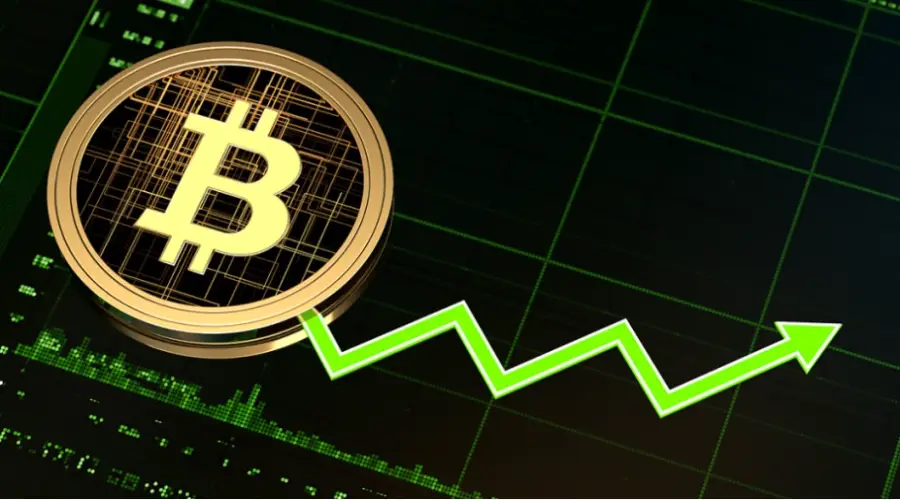- Comments from Fed officials are expected after the April inflation report.
- Markets see less likelihood that the Fed will maintain its monetary policy in September.
- The outlook for Fed rates could influence the valuation of the US dollar.
Federal Reserve policymakers are scheduled to give speeches on Thursday, as investors reassess the outlook for interest rates following April's Consumer Price Index (CPI) data. According to CME's FedWatch tool, the probability that the Fed will not change its interest rates fell to almost 25%, from 35% before the inflation report.
Fed Vice Chairman of Supervision Michael Barr, Philadelphia Fed President Patrick Harker, Cleveland Fed President Loretta Mester and Atlanta Fed President Raphael Bostic are among the officials of the Fed who will intervene in the American session.
The Fed has taken a cautious tone on when to pivot policy following stronger-than-expected inflation readings in the first quarter of the year. The US Bureau of Labor Statistics reported on Wednesday that the core Consumer Price Index (CPI) rose 3.6% annually in April. This data, which follows the 3.8% increase recorded in March, coincides with market expectations. In monthly terms, both the CPI and the core CPI increased by 0.3%, after having increased by 0.4% in March. The US Dollar (USD) came under downward pressure as market participants assessed inflation data and the USD Index fell to its lowest level in over a month, losing 0.7% on the day.
The Fed FAQs
The monetary policy of the United States is directed by the Federal Reserve (Fed). The Fed has two mandates: achieving price stability and promoting full employment. Your main tool to achieve these objectives is to adjust interest rates. When prices rise too quickly and inflation exceeds the 2% target set by the Federal Reserve, it raises interest rates, increasing borrowing costs throughout the economy. This translates into a strengthening of the United States Dollar (USD), as it makes the United States a more attractive place for international investors to place their money. When inflation falls below 2% or the unemployment rate is too high, the Federal Reserve can lower interest rates to encourage borrowing, which weighs on the greenback.
The Federal Reserve (Fed) holds eight meetings a year, in which the Federal Open Market Committee (FOMC) evaluates the economic situation and makes monetary policy decisions. The FOMC is made up of twelve Federal Reserve officials: the seven members of the Board of Governors, the president of the Federal Reserve Bank of New York, and four of the eleven presidents of the regional Reserve banks, who serve for one year on a rotating basis.
In extreme situations, the Federal Reserve can resort to a policy called Quantitative Easing (QE). QE is the process by which the Fed substantially increases the flow of credit into a clogged financial system. It is a non-standard policy measure used during crises or when inflation is extremely low. It was the Fed's weapon of choice during the Great Financial Crisis of 2008. It involves the Fed printing more dollars and using them to buy high-quality bonds from financial institutions. QE usually weakens the US dollar.
Quantitative tightening (QT) is the reverse process of QE, whereby the Federal Reserve stops buying bonds from financial institutions and does not reinvest the capital of the maturing bonds it has in its portfolio to buy new bonds. It is usually positive for the value of the US Dollar.
Source: Fx Street
I am Joshua Winder, a senior-level journalist and editor at World Stock Market. I specialize in covering news related to the stock market and economic trends. With more than 8 years of experience in this field, I have become an expert in financial reporting.







